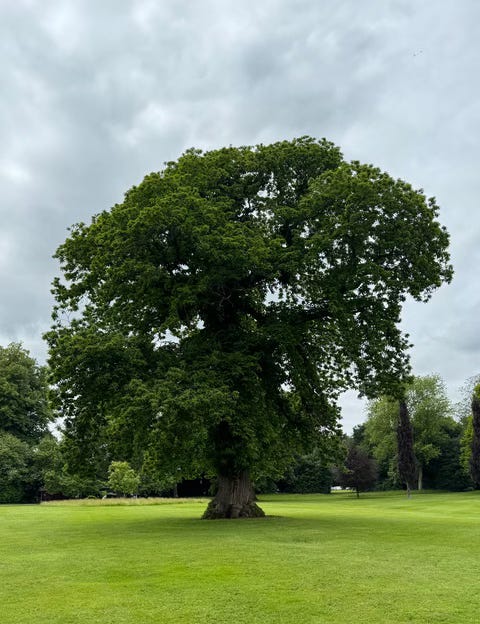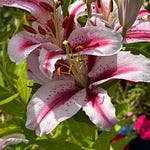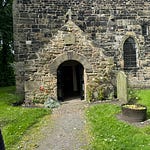Summary
Have you ever wondered what the tree of life in the garden of Eden looks like?
This conversation discusses the idea of mother trees as an analogy for the tree of life and their connection to surrounding trees through fungal networks as a metaphor for the connectedness of the tree of life to all . The conversation also highlights the importance of trees, particularly oak trees, in history and culture, and the threats they face. It concludes with a reflection on the Tree of Life as a symbol of interconnectedness and abundance.
Keywords
interconnectedness, trees, mother trees, fungal networks, oak trees, community, threats, Tree of Life, abundance
Takeaways
Maybe the tree of life was a giant mother tree
Trees, particularly mother trees, play a crucial role in creating and sustaining communities through fungal networks.
Oak trees have historical and cultural significance, providing food and a sense of place for native communities.
Trees, like humans, thrive in community and suffer when isolated.
Interconnectedness and social relationships are essential for mental health and well-being.
The decline of giant trees like Pando and the threats to oak trees highlight the importance of conservation and protection.
The Tree of Life symbolizes interconnectedness, abundance, and healing in various spiritual traditions.
For the complete script for this post check out Meditation Monday: Finding the Mother Tree.
Listen to this episode with a 7-day free trial
Subscribe to Walking In Wonder with Christine Sine to listen to this post and get 7 days of free access to the full post archives.












